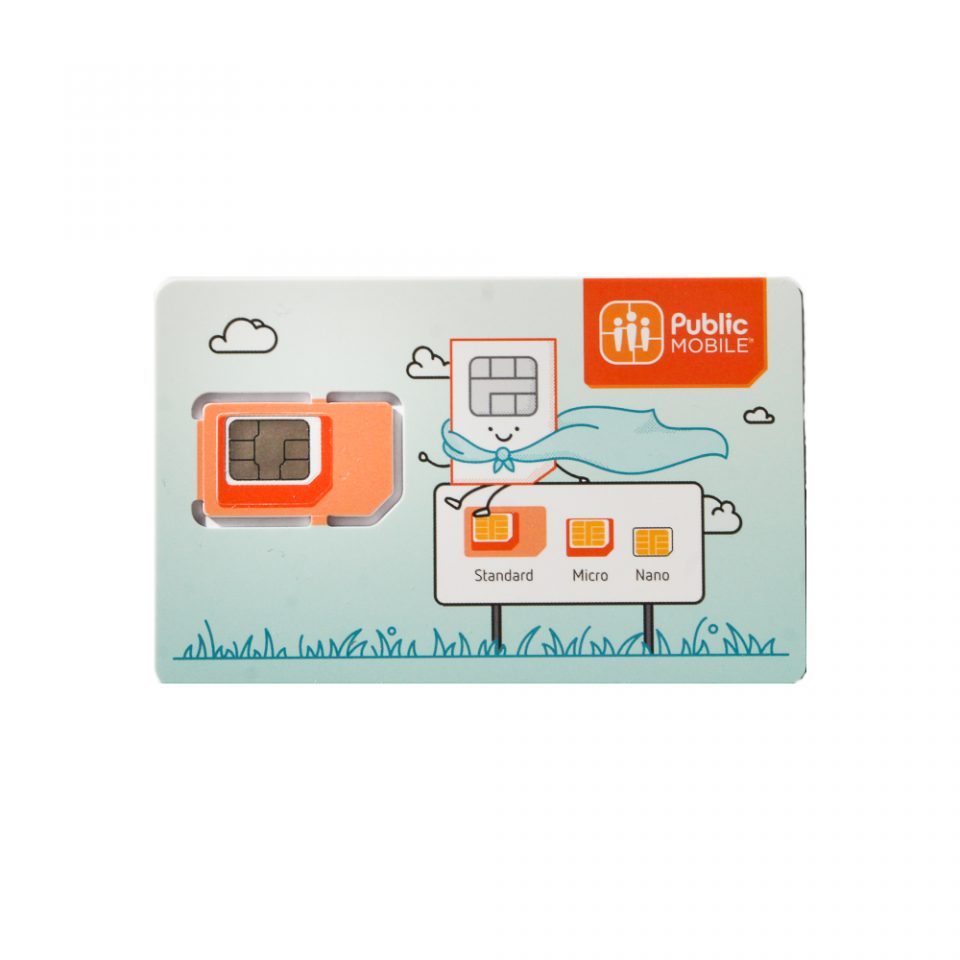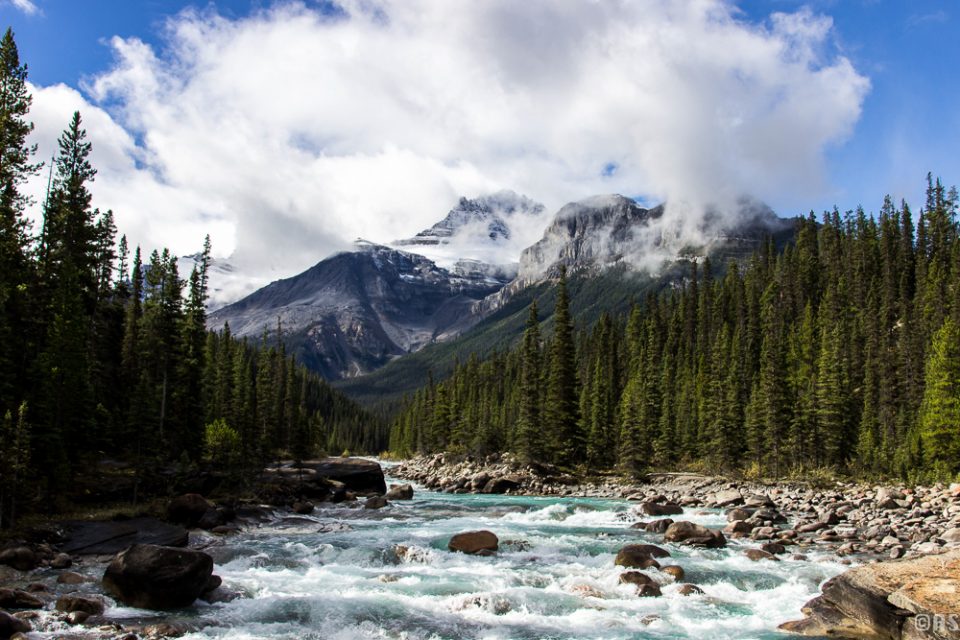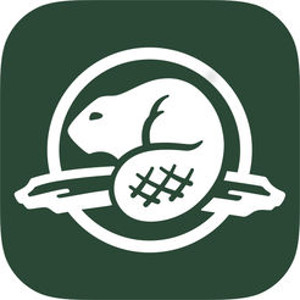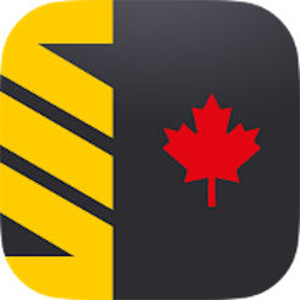Canada Travel Basics
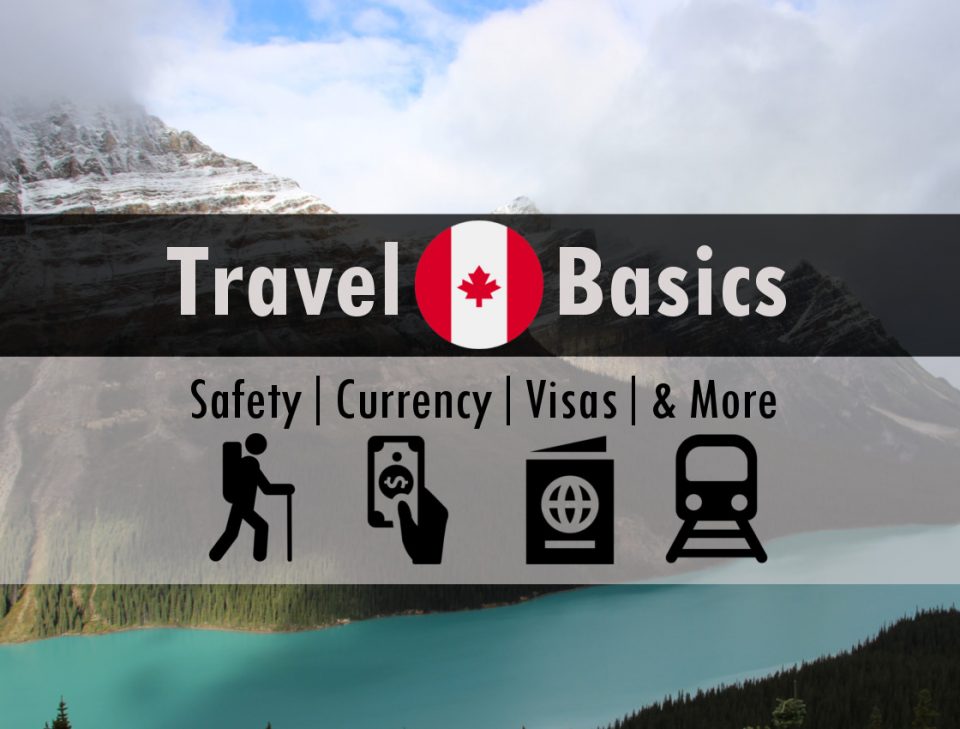
Canada is a vast country with only a few major cities separated by long stretches of great wilderness. From the Pacific Ocean, Gulf Islands, stunning temperate rain forests, the Rockies, centrals plains & endless forests, great lakes, swamps, tundra, to more oceans & islands… Canada is a nature lovers paradise. Planning a trip depends heavily on whether you are making it a road trip, or flying in from overseas. I will include info for each region assuming your trip will cover one or two areas within Canada. Traveling in Canada is pretty easy, but downloading these apps will make it even easier! I really recommend checking out the safety and transportation sections below in combination with the apps to truly get the most of your trip.
Dividing Canada into regions is useful both in terms of understanding the geography and the many people that call themselves Canadian. There are English, French and Native American Canadians throughout the country. Traveling all of Canada in one go is quite the challenge, so consider each region a separate trip. Because of the geography, it makes sense to travel North-South into the United States rather than West-East. For example, going from Toronto to New York is much easier than Toronto to Vancouver. Likewise, Vancouver to L.A is pretty easy too.
1. The Cost to Travel Canada
Canada is an expensive country to travel as a backpacker, so having Canadian friends or using social networks like ride-sharing and Facebook Groups can be very helpful in reducing the cost. Luckily Canadians are a well-traveled people and friendly!
Accommodations, transportation and food is expensive. You may have some favorable exchange rates when you visit, but in international terms, you are dealing with developed country prices. Worse, If you plan on visiting the North or other remote places, be prepared to pay three of four times the normal price for everything. On the other hand, hitchhiking is pretty safe and Couchsurfing is popular!
Here is a list of prices in Canadian Dollars you can expect in most cities:
- Hostel per Night: $30-$50
- Hotel per Night: $80-$150
- Airbnb: $70-$100
- Car Rental: $25/day+
- City Transit Bus & Subway: $2.50 per trip to $9.00 full day pass
- City to City Bus: $20-$60
- Rideshare: $20 to $100 – Can find long distance rideshares
- Train: $30-$200+
- Airfare: $180-$600 return flights
- Restaurant Meal: $9-15 for an entree
- Groceries: Prices vary by province, $20-30 for a basket of basics (Milk, eggs, vegetables, meat)
2. The Currency – CAD
The Canadian Dollar is widely available worldwide, so exchanging your currency before you leave is easy. It may look like monopoly money with the Queen on it, but it’s real!
But if you arrive without any Canadian money, don’t worry! There are Banks and ATMs everywhere. It may be worth looking up if your home bank is part of the Global ATM Alliance. Scotiabank in Canada is part of this network, so you’ll get charged less ATM Fees.
The Canadian Dollar is heavily influenced by Global Oil Prices. Traveling to Canada when oil prices are low will be cheaper because the Canadian Dollar will weaken against the US Dollar and the Euro. When oil prices are high, travel will be more expensive.
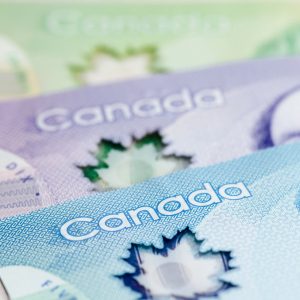
3. Canada is Safe to Travel
Canada is safe to travel in the traditional sense. I recommend check out the International SOS Map Website for an overview of travel risk across countries. The crime rate in Canada is low, mass shootings and gang violence are super rare, and roads are very safe if you are prepared.
Let preparation be a theme for Canadian travel safety. The locals know that winter tires are a must, even chains are required in the countryside due to the ice and snow in the winter. The locals also know that getting lost in Canada is extremely dangerous and not just because of the bears, moose and wolves.
Getting lost on trails, caught in storms, swimming in the ocean at night, falling through the ice or tumbling off snow cornices have claimed the lives of tourists and residents alike. Not to mention wolves, bears, mountain lions, bison and moose…Yes Moose! At 2 meters tall and 1,500 lbs fully grown please do not assume they are harmless. The same goes for Elk. Be careful getting out of your car to photograph the wildlife. Back-country Canada put out a list of 15 things that can kill you in Canada.
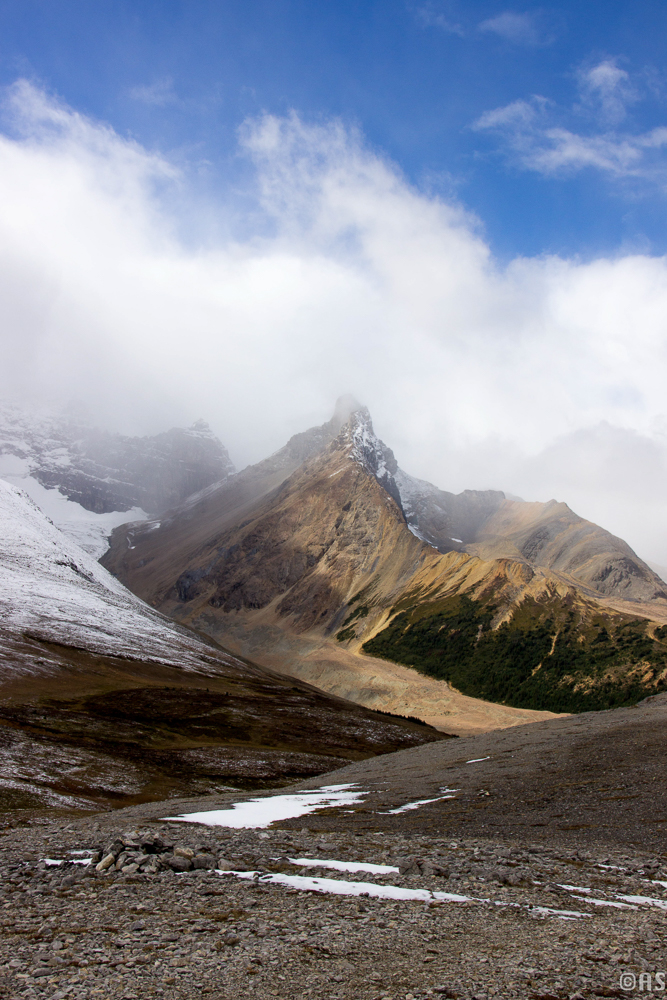
Weather & Wilderness Safety
The Canadian wilderness is no joke. Every year tourists die due to a lack of common sense and ignorance. It’s usually young people from urban cities unaware to the risks and safety protocols.
Even seasoned through-hikers in the United States must be very careful hiking in in Canada. Once you go off trail, there is nothing for days but forest or boreal tundra!
It’s not just extreme weather or dangerous circumstances to be wary of in Canada. Peggy’s Cove in Nova Scotia has a death every few years from tourists simply ignoring the signs that say “Don’t walk on the black rocks”. People do anyway and drown, in the middle of nice sunny day. Nature is the most dangerous part of Canada. If a sign says “Bear Country”, there are definitely bears nearby. For every bear seen by a person, assume a bear sees a person five times more often. They see you before you ever seen them.
You need to know what precautions to take before you leave. Please don’t hang bear mace around your neck by the safety clip. I’ve seen that one in Lake Louise… Incredibly dumb. Either learn how to use your equipment, know your environment, or stay on the main tourist paths close to the facilities.
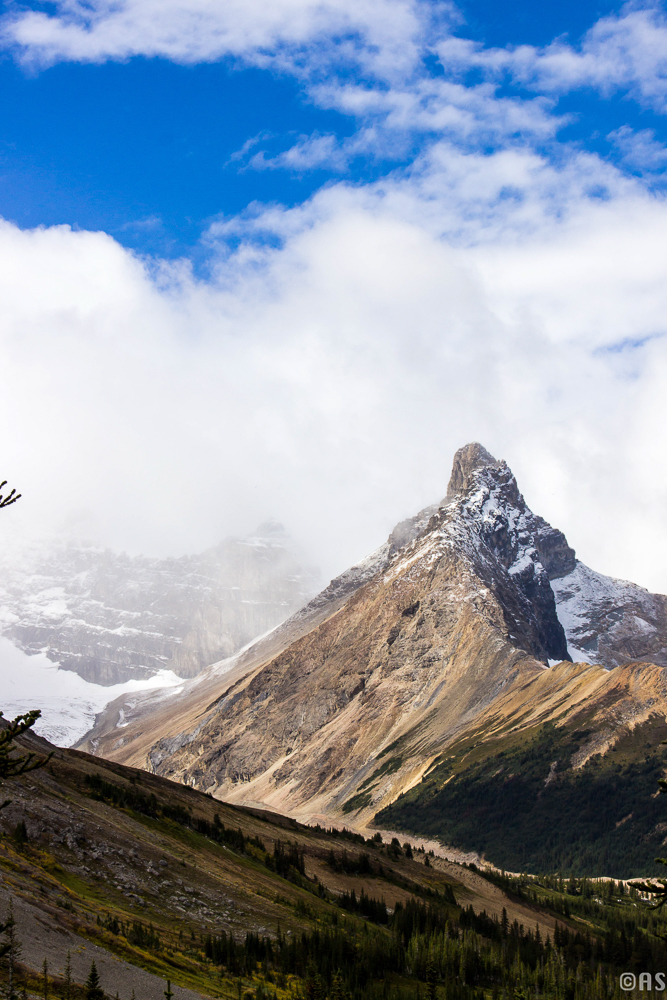
Parks Canada
Parks Canada has some great resources and visitor tips available online in many languages . They have guides on how to get started camping, for bear safety, and more for your next visit.
Parks Canada has an App available in the iOS Stone and Google Play. Definitely download it!
Please take the time to check it out if you plan on visiting one of Canada’s beautiful National Parks. Or take a look at this fun safety video.
If you need help packing for your next day hike, I recommend checking out a few videos on Youtube. It’s a quick and easy to way get advice on what essentials you need on a trip into the wilderness.
Embassy Websites
- The US Department of State – Bureau of Consular Affairs has Canada Ranked as “1 – Exercise Normal Precautions”. The safest rating.
- The UK Government – Warns about winter storms and arctic travel.
- France Diplomatie – Outlines some of the specific risks in Canada about forest fires in British Columbia and Alberta
- Australian Government – Department of Foreign Affairs and Trade has Canada ranked as “Exercise normal safety precautions”. The safest rating,
I’m not going to list them all, you can certainly find your own government website in google. Take the American Travel Risk Rating as an excellent reference as well. They keep information updated regularly for each country
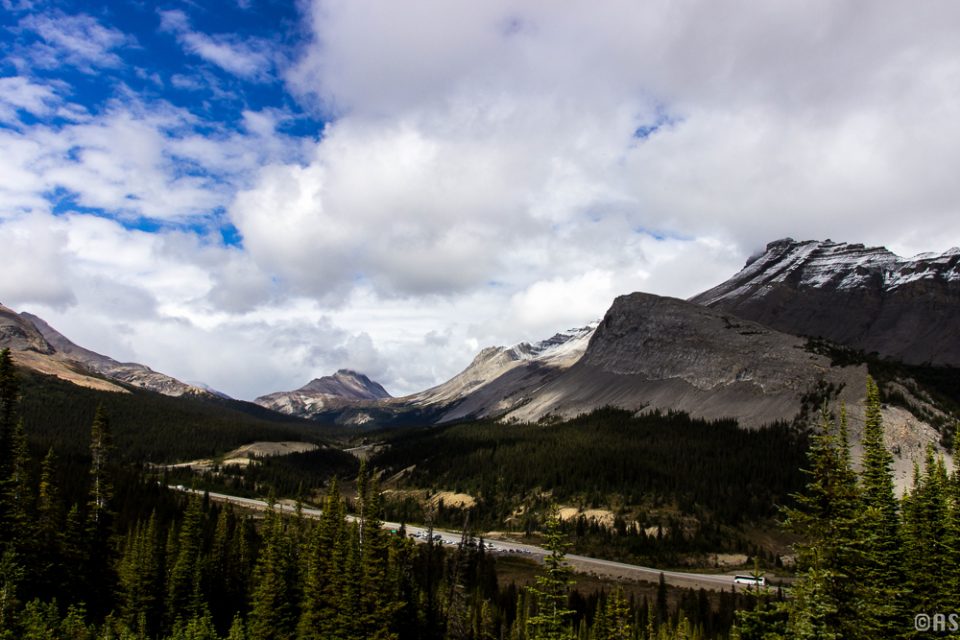
4. Canada Visa Application
Canada just toughened the entry requirements for travelers from a lot of countries. Starting in July 2018, visitors will have their fingerprints and photos taken upon entry. Visitors are already required to apply for an Electronic Travel Authorization (eTA) if arriving in Canada by air. It costs $7 CAD and can be applied for online here. The eTA is required for almost everyone except for full U.S citizens. Even U.S. permanent residents need to apply for an eTA.
Next, check the master-list here to see if you are Visa Exempt for Canada. Or use our Visa checker below!
The Canadian visitor visa is called the “Temporary Resident Visa”. You may be required to provide proof that you have enough funds for your travel before being approved. Plus, you are required to fill out a 25-30 question form with details for personal information, purpose of travel, education, work experience etc…
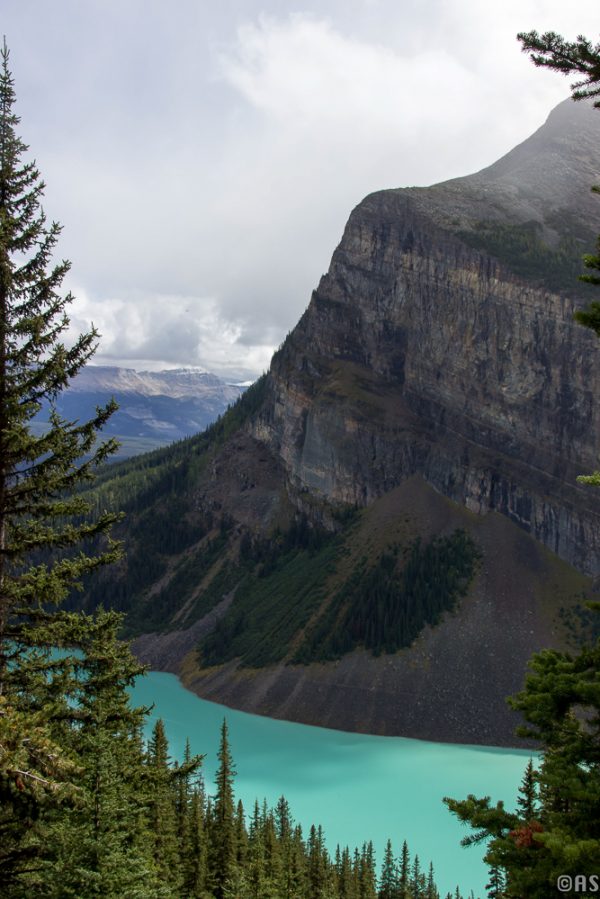
Find the Worldwide Visas Offices for Canada here. There are threes kinds of Visas in Canada: Transit Visas, Single-Entry Visas and Multiple-Entry Visas. The standard Visa is the multiple-entry visa which is valid for up to 10 years or up to 1 month before the expiration of your passport. Visitors can enter Canada for 6 months at a time on the multiple- entry Visa.
Visa Requirements
- Passport or Passport Scan with at least the duration of your visit remaining on your passport.
- Apply Online for Temporary Resident Visa
- 2 Standard issue Color Photograph taken in the last 12 months (Attach to email or print)
- Copies of Bank Statements going back 3 months.
- Credit Card to Pay for $100 CAD fee online (Keep the Receipt)
- Possibly a $85 Bio-metrics Fee (Fingerprints & Face Photo)
See Full List of details here.
The Visa does take some time to complete. It may be worth getting a new passport if yours is expiring soon. The Visa costs $100 but is good for ten years if you have the time left on your passport.
I had mine re-issued for my 10 year China Visa. Well worth it to do both at the same time.
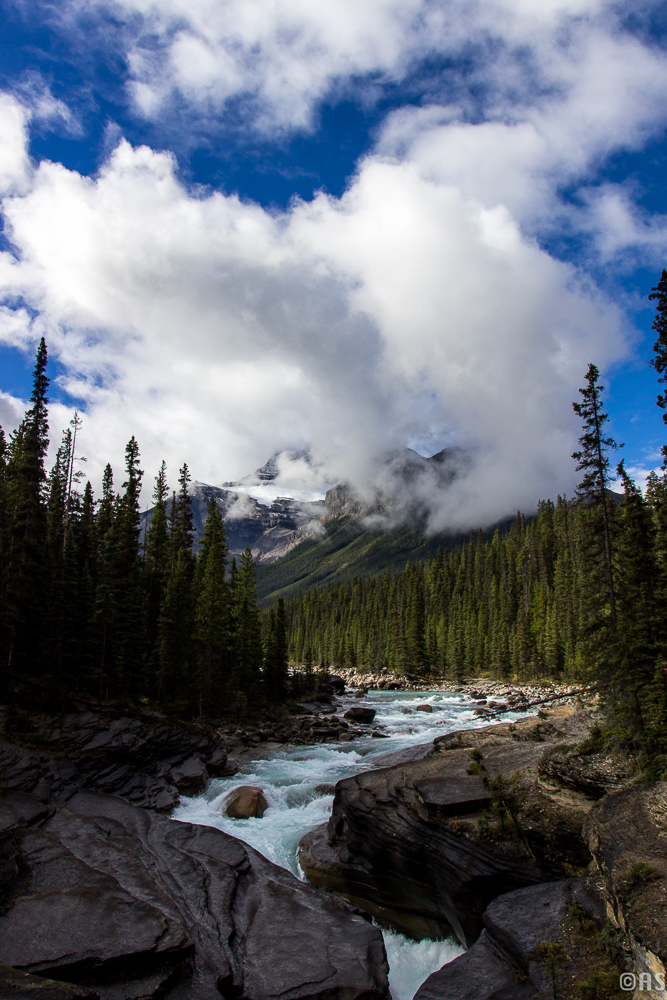
Using a Visa Service
Getting a Visa in Canada can be super easy or a huge hassle depending on how much time you have left before your departure and if you are looking for the lowest price. The alternative is simply to use VisaHQ Services.
It just makes things a lot easier. The benefit of using a Visa service is being able to have all your different Visas for multiple countries organized in one place and have professional advice should you need specialized service for non-tourist visas
Note: VisaHQ is an Affiliated Partner of Tallypack Travel, a commission from your order will go to support the blog!
5. The Geography of Canada
Canada is the second largest country in the world, borders only the United States by land and three oceans: The Arctic, Pacific & Atlantic. In fact, Canada and the USA share the longest border between any two countries in the World. This international boundary has no fences, only a handful of major border crossing, and is mostly just a random line of cut down trees following the 49th parallel.
North of this line in the woods are ten provinces and three territories. Provinces have their own governments like States in the USA, while territories are governed directly by the Canadian Government in Ottawa. Provinces can form their own laws for labor, health, taxes etc…
Canada stretches 6,500 Kms from the West Coast around Vancouver to the East Coast near Halifax (Via TransCanada Hwy with stops in Toronto & Ottawa – Driving Route). So a trip to Canada is best planned based on how and where you will travel. You won’t just happen on a place by accident, you actually have to make plans if you want to see the good stuff!
To make your trip planning easier, I would divide Canada into six regions. The best two are the Rockies and Southern Ontario & Quebec. I’m from the Atlantic provinces and lived on the west coast, it pains me that this is true.
- Pacific West Coast – Vancouver Island, Gulf Islands, Vancouver & Whistler
- Rockies Mountains – Banff, Jasper, Calgary
- Plains of Central Canada – Saskachewan to Winnipeg
- Southern Ontario & Québec – Toronto to Quebec City
- Maritime Provinces – New Brunswick, Nova Scotia, PEI & Newfoundland
- Northern Territories – The best places to see the Aurora Borealis
Pacific West Coast
Maritimes
Rockies Mountians
Ontario & Quebec
Weather in Canada
Weather in Canada is famous and terrible to the point of being hilarious. Checking the weather channel is basically a national pass-time. From hail storms dropping soccer ball size ice rocks from the sky, to -70 degree winters and snow hurricanes… Oh Canada, what a joy!
The best time to visit Canada is between June and September. The summer season is wonderful with long days of sunshine and by far the busiest time of the year for tourism.
The fall is quite beautiful with cooler temperatures and stunning views of the leaves changing colors. Although for trips to the Rockies, winter clothing is required in the fall and camping ends in September.
The winter is ski season and a popular time to experience a white Christmas next to a wood fire in the mountains. The biggest draw for tourists in the winter is seeing the Aurora Borealis in the North.
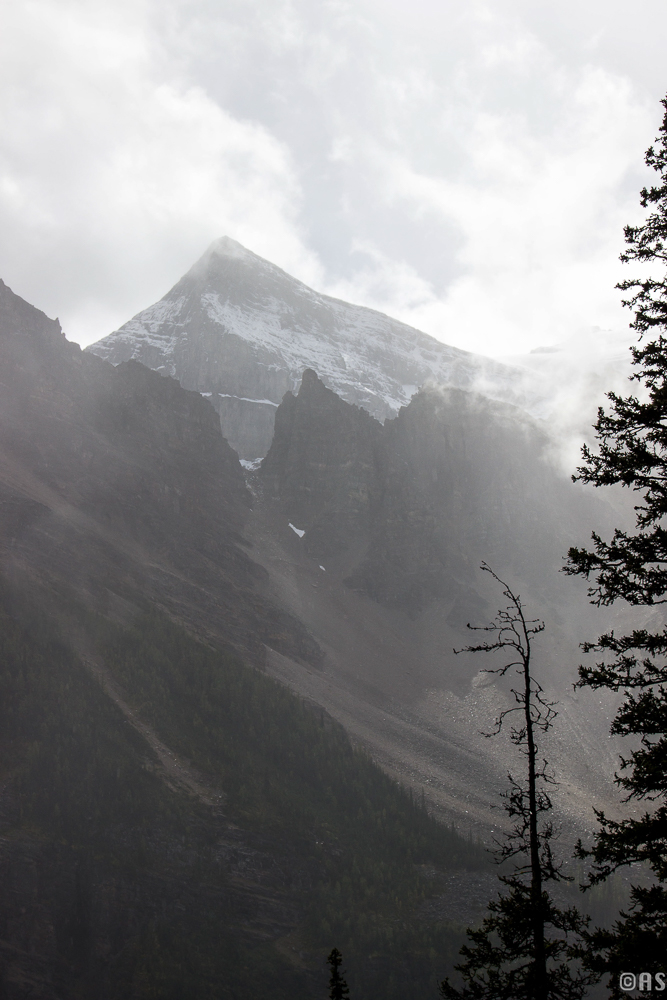
Pacific West Coast has cool summers between 20 and 30 degrees. Mild winters with little snow and rarely below -5 degrees. It rains a lot though in the winter and spring. Almost every day. Bring a raincoat.
Rockies Mountains have cool summers due to the elevation with highs of 25 and lows of 6 degrees. Cold winters between -30 and -5 degrees. For campers, this means bringing along a fleece insert for your sleeping bag or a proper winter sleeping bag… Even in the summer. Winter camping is not recommended and at your own risk.
Central Plains weather is wild. The summers reach up to +40 degrees with long days and sunshine in the dry semi-arid heat. However the winters are a nightmare, dropping to -40 or even -60 with freezing wind so dry it’ll feel like your face is burning. The locals use face masks on the cold days.
Ontario & Quebec has warm summers reaching 30 to 40 degrees regularly. However the further east you go in the winter, the worse the snow. The winters there can drop to -30 degrees with snow falling to the waist.
Atlantic Provinces summers are probably the best in Canada. Temperatures range between 20 and 30 degrees with little rain and a cool ocean breeze. However the winters bring snow hurricanes, icy a foot thick on the roads and temperatures as low as -20 degrees. The east coast is more humid, so the cold feels worse than the dryer regions. We say “It gets into your bones”.
The Arctic Territories are popular in the winter for the Aurora Borealis (Northern Lights) but they are also amazing to visit in the summer when it’s sunny up to 23 hours a day and 22 degrees! The winter is a bone chilling -50 to -20 degrees. Good Luck!
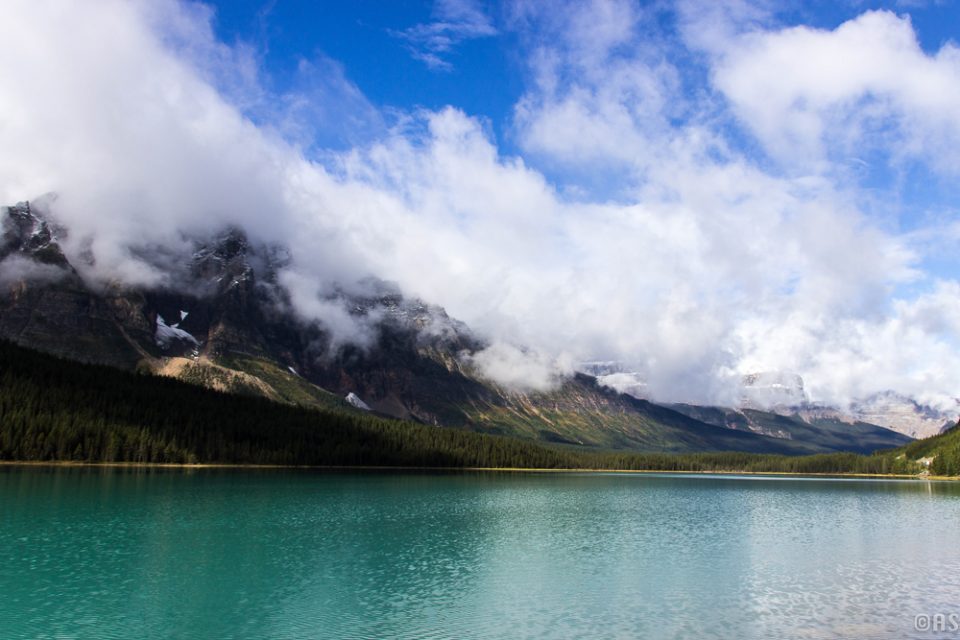
6. Facebook Travel Groups
I’m such a hardcore traveller and paperwork junkie, I tend to find all the information I need online at official websites. But recently I’ve joined dozens of Facebook Groups for travel around the world to help many others and ask travel related questions. You might even find me commenting on your questions.
Facebook Groups can be an enormous advantage for travellers to connect with people in Canada, find rides, people to hang out with, ask for tips on car rentals, insurance and visas. So it’s worth joining the largest groups, in case you really need help. These are usually closed groups but easy to enter. Some may ask a few questions to filter out spammers, but it only takes less than 5 minutes to join.
7. Transportation
Getting around in Canada can be a little challenging. That’s why I recommend making your next Canadian adventure a road trip with a friend. That way, you can get to the best places with ease and make use of some of Canada’s most spectacular National Park campgrounds. But for those without a car, public transportation varies from good to non-existent, and you won’t find the deals on airfare or bus lines like you would in Europe and the United States. The only silver lining in my experience is that you don’t need to book tickets far in advance. Most buses and flights don’t sell out, so getting a seat is almost guaranteed. Below I list some of the larger train, bus and airlines. I will also include popular ride-sharing website which I find to be reliable and safe.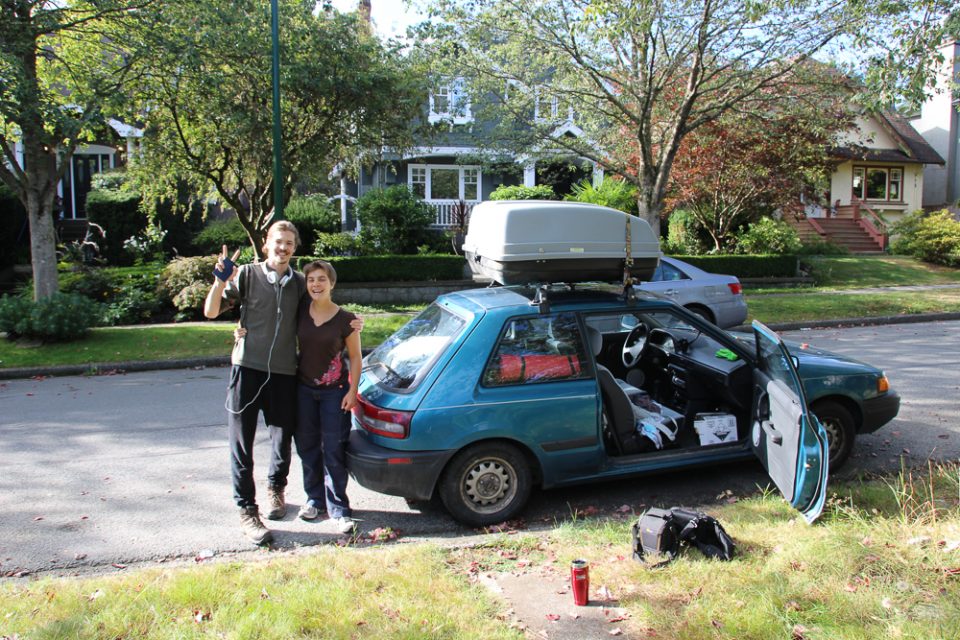
Ride-sharing Websites
Ride-sharing in Canada is very popular! $20 for gas, friendly conversation and new friendships are often made over a long ride to small towns. Ask around in Facebook Groups to find rides, people are always traveling around in the ski season and summer months, it’s easy to find a rideshare if you simply ask.
For young people traveling around Canada, reaching out on Facebook and to friends of friends to get hooked up with a ride is easy. When you can’t find friends, Facebook groups and ride-sharing boards online work just as well!
Living in Vancouver, I used Facebook groups for rides up to Whistler, BC for one day ski trips. This isn’t just for locals or other Canadians. In major cities people won’t treat you like a tourist unless you act like one. . No matter what country you come from, the color of your skin or language you speak, you can blend into to the multicultural cities fairly easily. So be open minded and don’t be afraid to reach out!
- KangaRide – Ontario, Quebec, Eastern United States
- CarpoolWorld – Nationwide in Canada and United States
- Poparide – Central & Eastern Canada and United States
- KootenayRideShare – British Columbia
- Shareyourride.net – Nationwide in Canada
- Kijiji.ca – Popular in Eastern Canada for general posts (Like Craigslist)
- Craigslist – Popular in Western Canada
I will keep adding ride-sharing platforms as I come across them. There are lots of popular carpooling/ride-sharing apps these days, but Canada is slow to adopt them because we hate paying fees to an app service for what should be a community based network of people.
Train Lines
As always, I refer to The Man in Seat 61 for the most up to date information on train routes. There are several lines across Canada connecting the major cities. However, I find the train in Canada to be extremely overpriced and slow. For a budget traveler with plenty of time, the bus is way cheaper.
Flights are far quicker for a traveler on a tight schedule as 12+ hour bus rides are common. There are a few train lines in Canada but the vast majority are sections of ViaRail Canada.
Traveling by train in Canada has become a vacation in itself with tickets allowing passengers to get off across the country. Similar to the Russian Trans-Siberian rail, it’s basically a cruise on rails.
Bus Lines
Traveling by bus is cheaper than the train. There are few bus companies in Canada, so prices are still relatively high. However booking in advance will save you a lot.
- Greyhound – Western & Central Canada (Check out Hostelling International Discount)
- CoachCanada – Ontario & New York State
- Megabus – Southern Ontario – United States
- Maritime Bus – New Brunswick, Nova Scotia & Prince Edward Island
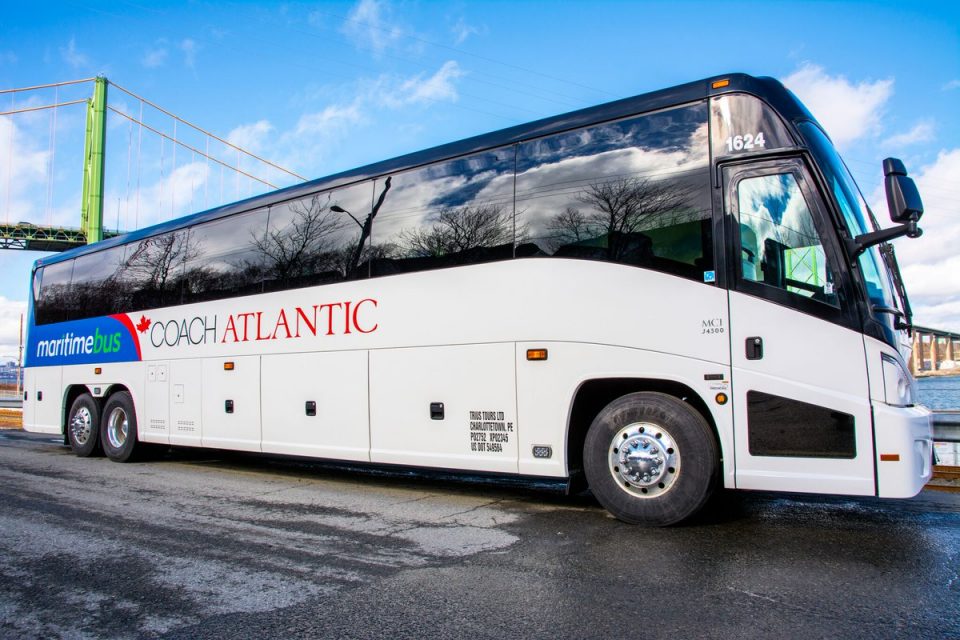
Car & RV Rental
For a small family or a group of friends, renting a car or RV for a great Canadian road trip is one of the best ways to go everywhere you want at an affordable rate. Rent a car and bring a tent to go camping, or rent an RV for even more comfort.
- Enterprise Rent A Car – $100+/week
- Hertz Rent A Car – $250+/week
- Budget Rent a Car – $150+/week
- Avis Rent a Car – $170+/week
- RV Rentals Canada – $30-100+/night
- Outdoorsy – RV Airbnb
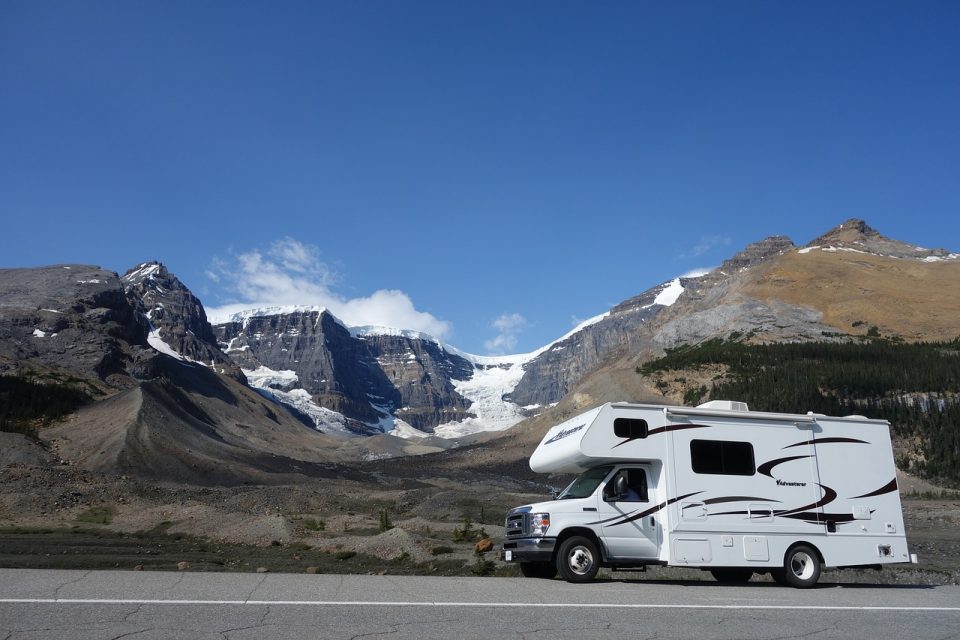
Airlines
Airfare in Canada is expensive compared to the United States and down right theft compared to the cheap European Flights. However it’s the only way to travel on a short time frame and see the country coast to coast.
- Air Canada – Nationwide Airline
- Westjet – Nationwide Airline
- Porter – East Coast Regional Airline
- Canadian North – Central & Northern Territories
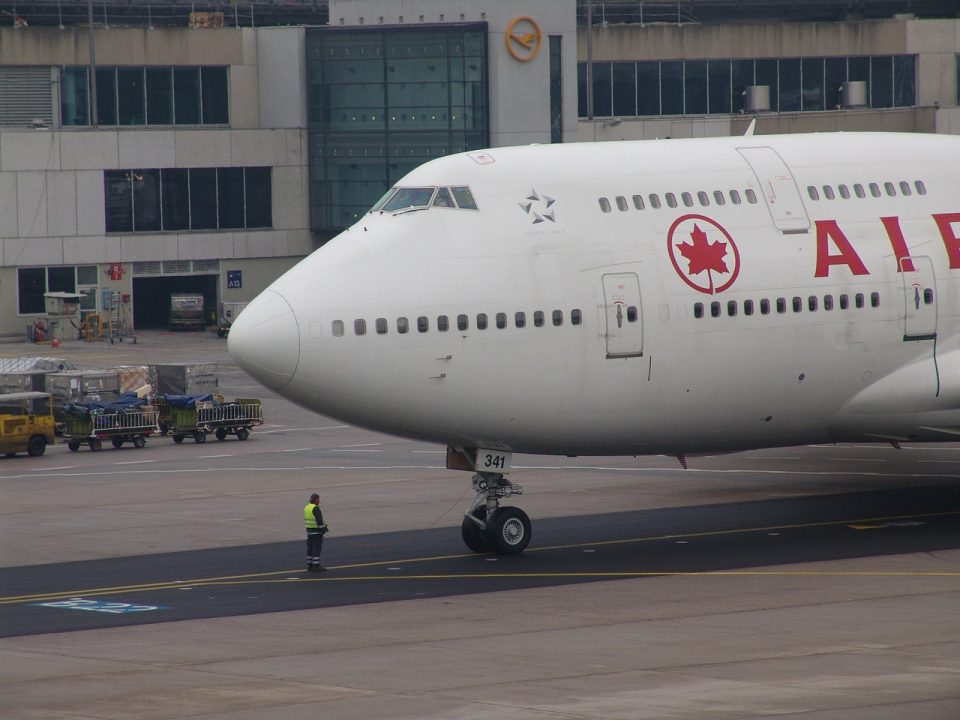
8. Basic French Phrases
- Hello = Bonjour
- Thank you = Merci
- Sorry = Pardon
- Goodbye = Au Revoir
- Yes = Oui
- No = Non
- My Name is ___ = Je m’appelle____
- How Much? = Combien ça coûte?
English will be enough to get by in almost every region in Canada except for Quebec. However within Quebec, the city of Montreal is both English and French.
In the Arctic Territories, the locals speak various indigenous languages. However most of the people have some form of English proficiency.
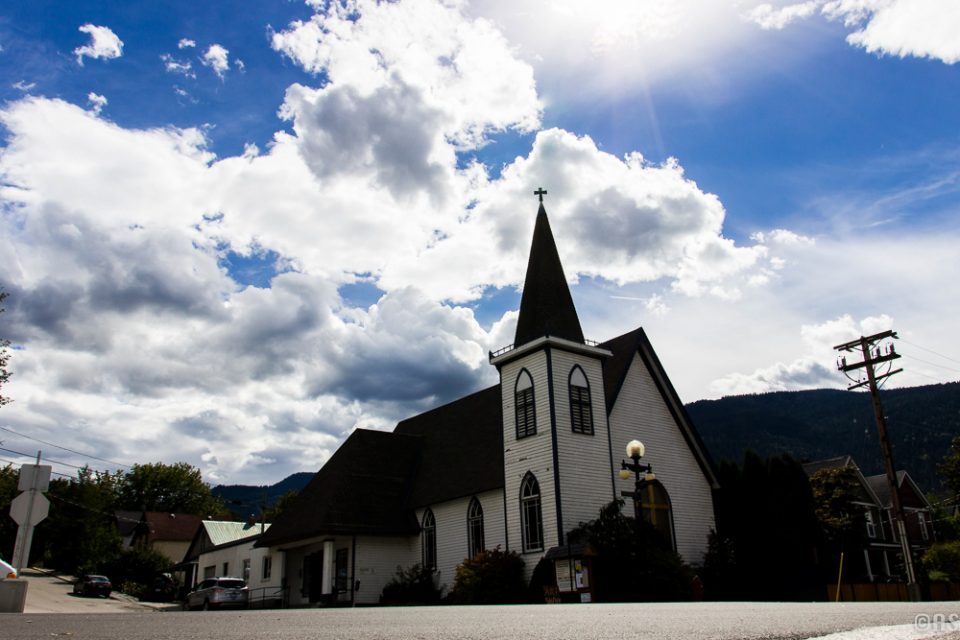
9. The People of Canada
Canada has two official languages (French & English), but you might find people speaking other languages like Mandarin, Hindi, Japanese, Italian or one of the many native languages of North America.
The major cities in Canada are very multi-cultural. In Vancouver and Montreal, you can expect many people to speak at least two languages. Immigrants from Asia, Europe and Africa have settled into the urban centers while the rural areas are still pretty divided both in terms of culture and language.
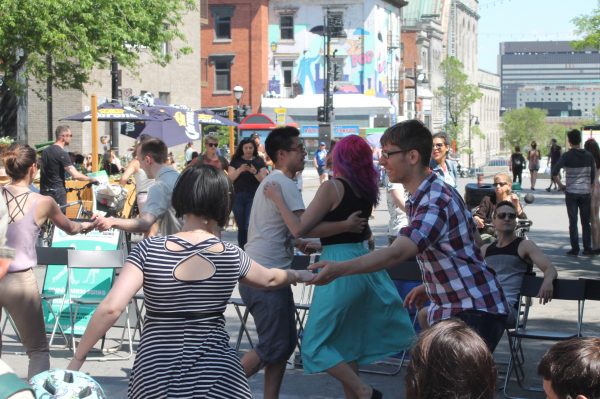
In small towns in Quebec, most people still only speak French. While in Richmond, British Columbia, the most common language is actually Mandarin – Chinese. Canada’s North is populated with indigenous peoples that still use their own languages. On a map of the Maritime Provinces, you’ll find French, English and Native Miq’Ma town names side by side. No matter where you end up in Canada, you’ll find friendly people and a wide variety of foods.
Canada was founded as a confederation of Provinces in 1867. Over the next 152 years, the country has been defined by immigration and multi-multiculturalism. 95% of the 35 million people live within a few hours drive to the US border.
Canada didn’t have to fight for independence from the United Kingdom, for the longest time the colonies in Canada weren’t profitable and had to be supported by the European nations of France and England. Rather than going to war, Canada gained independence because it was such a drain on resources to the British Government. The land was simply too big and costly to govern. To this day, the Queen of England is the head of states and defacto owner of all the government lands, which we gladly manage on her behalf.
The ties between England and Canada are very strong, with many communities in Canada still “loyalists” to the Queen. There is also a huge divide in Canada between the city people and the countryside, Big City Vs. Small Town Canada. I often poke fun of people from Toronto because they are barely Canadian and often don’t share the same core values as many who live in the rest of Canada. But the reality is that Canada has such a large variety of people from coast to coast to coast. It’s a land for everyone and all are welcome. Except those that dislike hockey and maple syrup.
10. The Canadian Economy
Canada is a high income country comparable to the United States, Australia and the United Kingdom.
Although Canadians dont make as much money overall compared to American. The middle class in Canada is much richer due to higher taxes, a public education system that ranks in the top 5 in the world. (Top 3 ignoring Hong Kong and Singapore).
Canada is also a resource rich country with lots of jobs in mining, oil, forestry and fishing.
Tourism in Canada all about nature & wildlife! The country has stunning National & Provincial Parks protecting important wildlife areas and natural landscapes. Canada sees just under 20 million tourists each year, with around 15 million visits to the National Parks across the country.
The largest National Park is Wood Buffalo in Alberta at 44,807 sq. Km. That’s about the same size as Estonia or Denmark. The busiest National Park is Banff with over 3.2 million visitors each year.
Canada has one of the best central banks in the world and a government that won’t interfere no matter who is elected. So investment into Canada has always been relatively stable.
However Canada suffers from the resource curse by being a country with lots of oil, lumber and other natural resources like water which is piped to the US from Quebec and British Columbia.
The exchange rate is impacted in nearly every recession that hits the US, and every time oil prices slump. Canada is the US’s largest trading partner and No.1 oil supplier. For such a natural and clean country, Canada has a few dirty industries and one of the largest environmental footprints per capita in the world.
Disclaimer: Outdoorsy and Amazon are affiliate partners, we earn a small commission from any purchases or bookings made at no extra cost to you.
More Info for Canada
For your pre-trip downtime, check out our List of Recommended Books, Movies and Podcasts all featuring Canada! We are always adding more good stuff you might like. And be sure to check out the Best Apps for Canada, I picked a few that are road trip specific and really worth downloading for camping, ski or trips to the beautiful National Parks.
Lastly, I recommend picking up a Prepaid SIM Card. We are an official Public Mobile vendor, meaning we can deliver prepaid SIMs with 4.5 GB of Data internationally or in 3 days in Canada with express shipping.
If you find this useful, follow us on Twitter and Instagram! You can find all our articles for Canada here in our Master List.
Pick Up a SIM Card for Canada
Canada is a vast country and the best highlights are wonderful natural environments and wildlife. Tourists visit Canada for nature, skiing, fishing, hunting and camping. So I recommend picking up a SIM Card for your stay. We made a list of the best Prepaid SIM Cards in Canada.
From popular demand we are now an Official Dealer of Public Mobile SIM Cards, one of the best plans in Canada for tourists! We ship directly to you, or your hotel as quickly as 3 days with express shipping. Just pick it up and insert the SIM. The plan of your choice will be pre-activated the day before your arrival. See Our Store for details.
